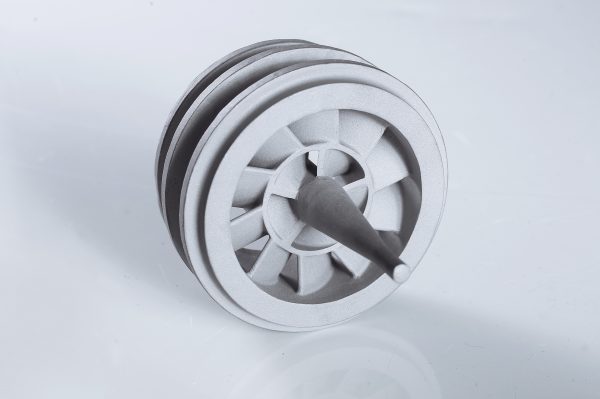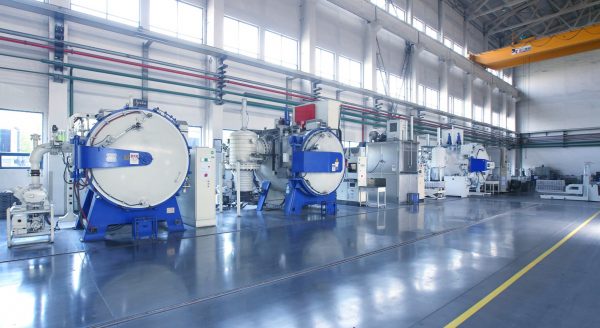What are the Cost Drivers for Investment Casting?
Customers have different choices when it comes to getting their parts manufactured. Deciding on which process to use typically comes down to manufacturing capabilities, product feasibility, and costs. When evaluating the costs for investment casting, many customers talk about how expensive it is to get this process.
Costs may vary between customers based on their specific manufacturing needs, such as the number of parts that are required. Yet there are several key cost drivers that should be taken into consideration when deciding on a manufacturing technique. Let’s look at some of the cost drivers associated with investment casting.
Design Complexity

The design of the part plays a major factor in investment casting costs. Simple part designs with no internal passageways, holes or features help to lower costs for customers. Yet when the component has more complex geometries and require complicated core designs, these features require that the gating system will ensure that the molten metal reaches all required areas to have a high quality product with no defects. This extra work may raise the production prices.
Complex components and larger parts may also need additional shell layers. These additional layers add strength to walls that may be inherently weak, such as along elongated holes or slots. With the additional shell layers and intricate designs, the drying process may take longer and slow down the production process. All these factors can make the project expensive.
Material Selection
The metal chosen is another cost driver for investment casting. Base metals and alloys come in varying grades. So, a higher purity alloy versus a low grade alloy, even when using the same metal, will have higher costs. Customers also have to purchase more metal than will actually be used to cast the part. Other cost factors include rarity and availability. A metal that is harder to mine and process makes its availability limited, as this factor may increase costs.
Customers should also keep in mind the changing metal market. A metal that was inexpensive and readily available a few months or years ago may experience price increases due to shortages.
Production Technique, Heat Treatment, Surface Treatments and Testing Requirements

Every manufacturer has production techniques and technology that is specific to their operations and services. These prices vary based on their capabilities. They may also offer certain technologies to help create cost-effective solutions to customers, such as 3D printing technology offered at Impro for small production runs and rapid prototyping.
Rapid prototyping services, heat treatment, surface treatments and various testing requirements may increase costs for parts. These are optional services that may improve the part’s quality and ensure that the part will work as specified in the application. Many customers opt for these surfaces knowing that the initial upfront investment is worth it for the long-term ROI.
To determine what costs may be factored into the creation of your parts, it is ideal to evaluate all design planning and documentation with the manufacturing team. Engineers may be able to find alternative materials and techniques that provide you with the high quality part you need yet at lower costs. For more information about our investment casting capabilities, contact Impro.